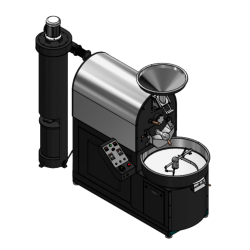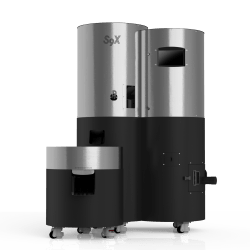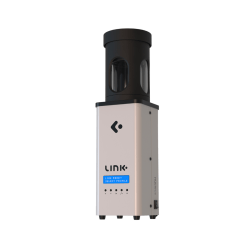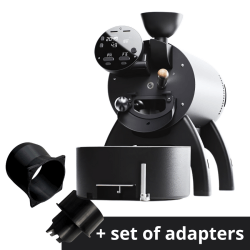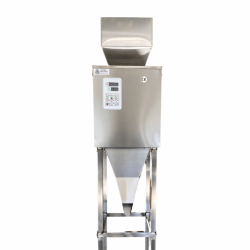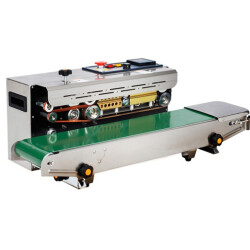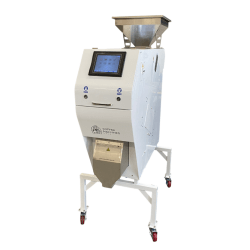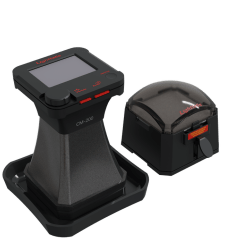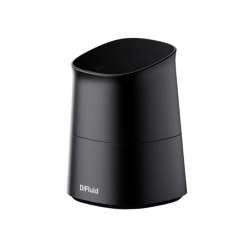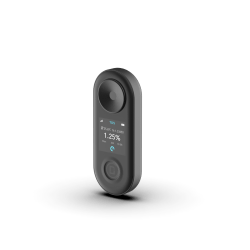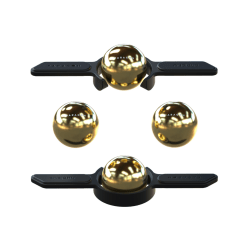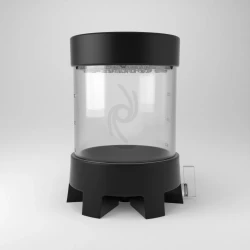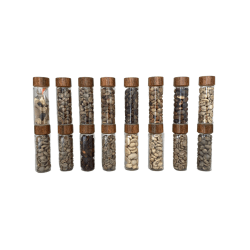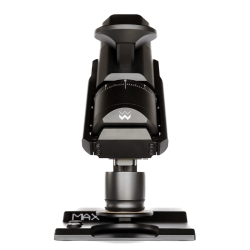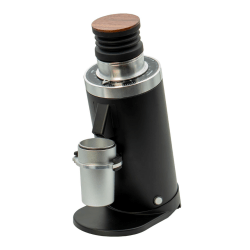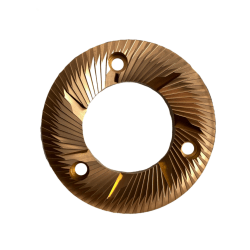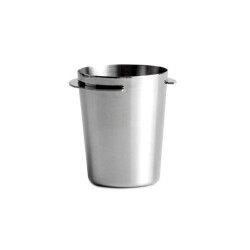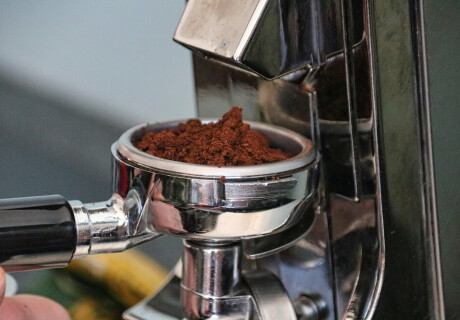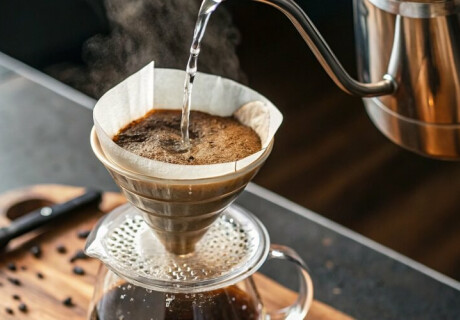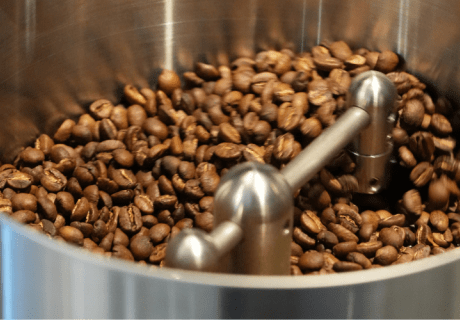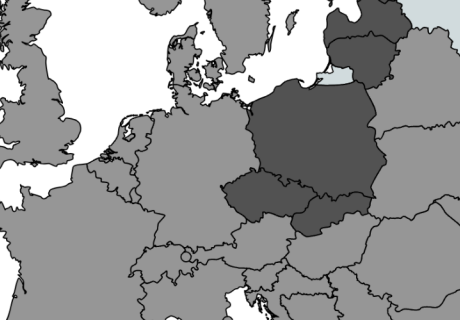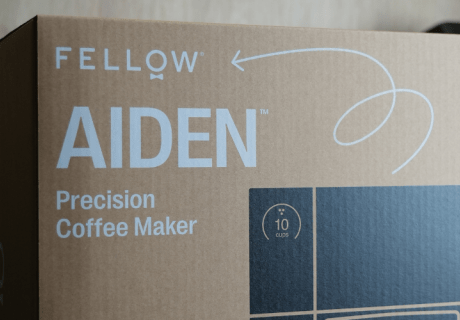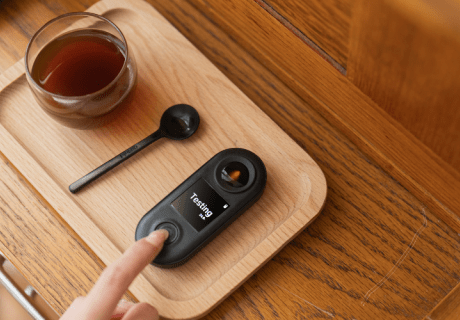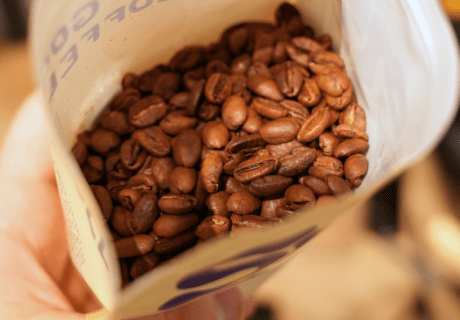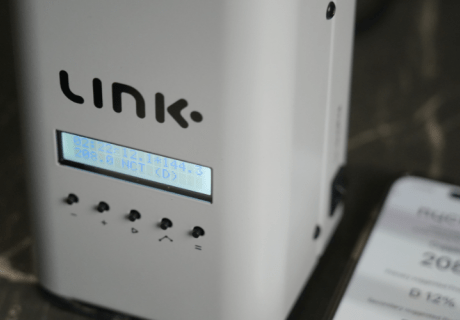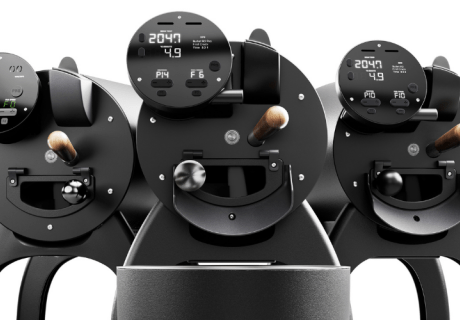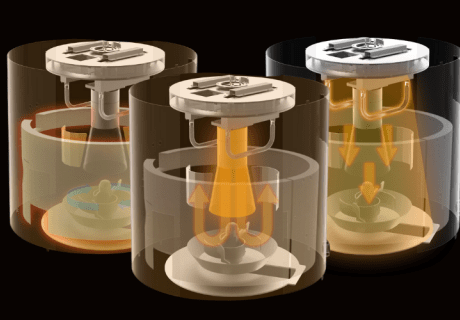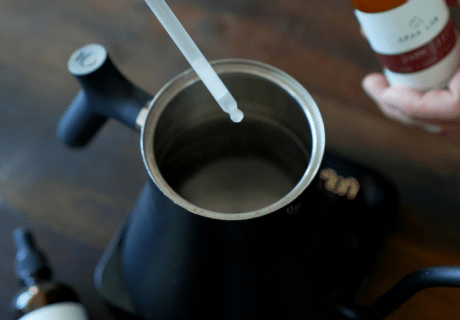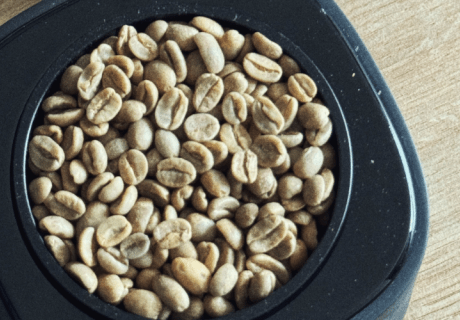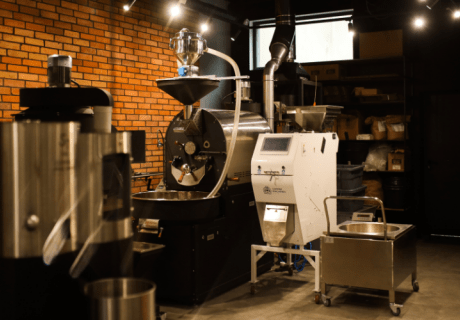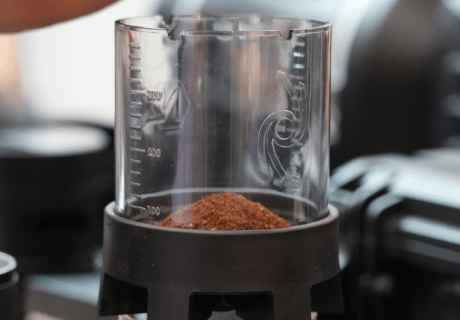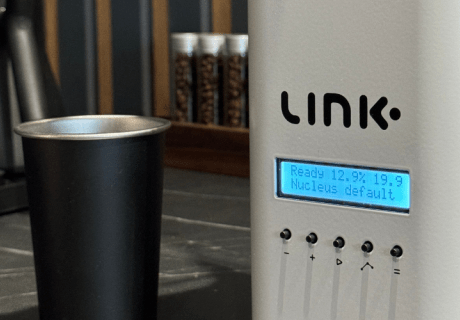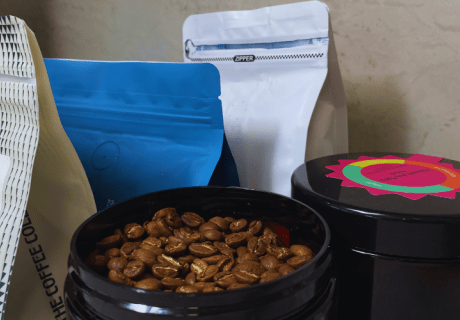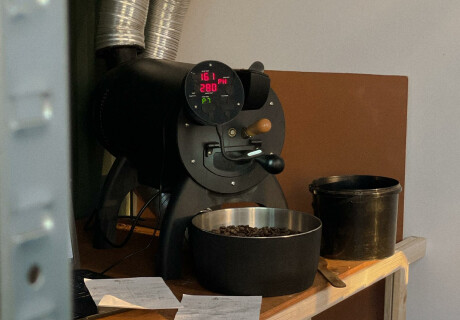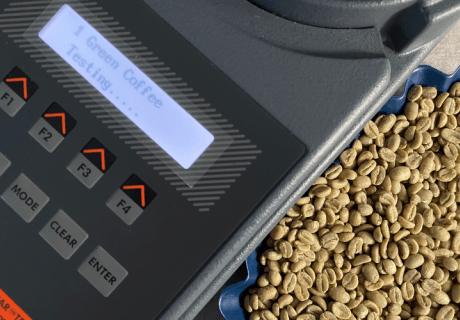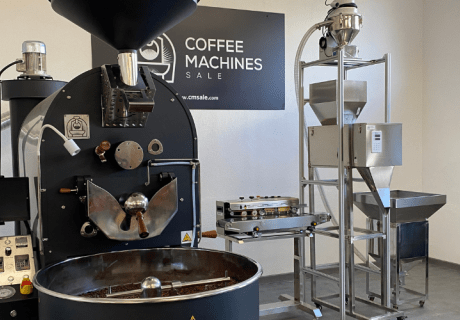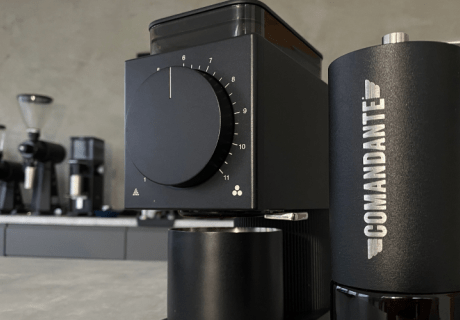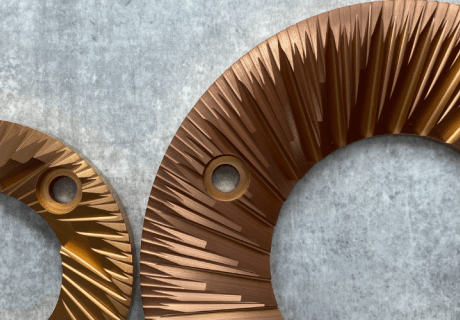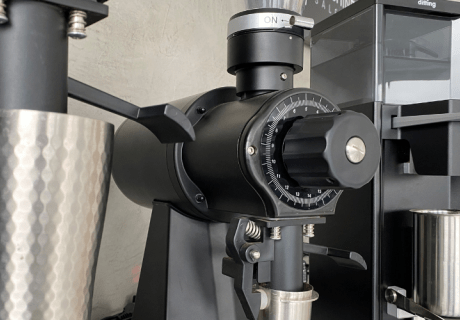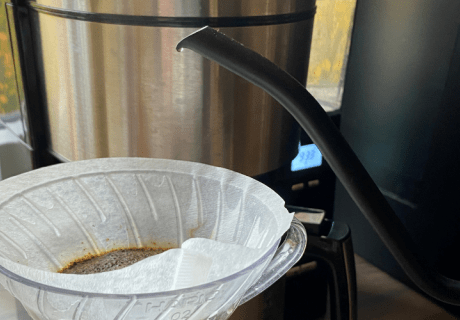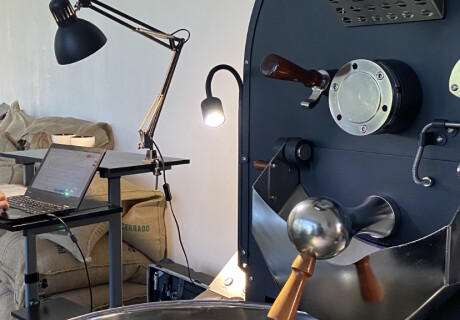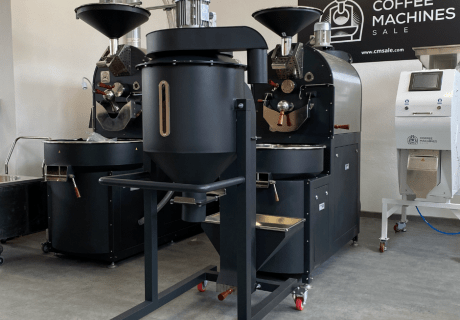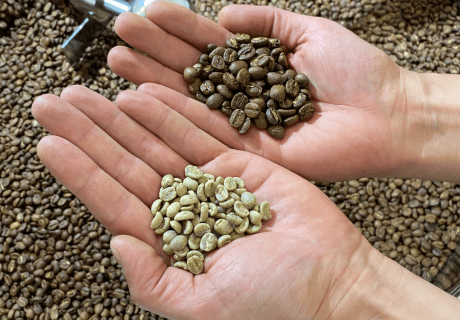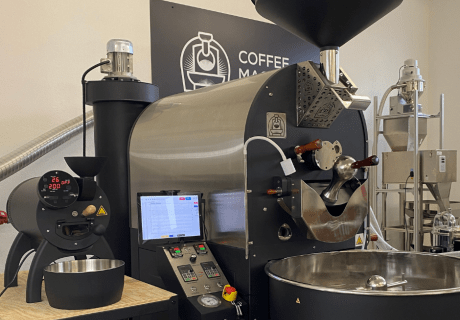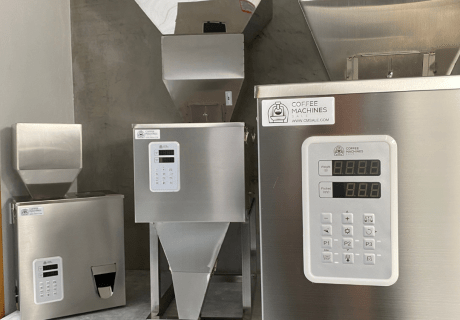A Deep Dive into the Different Types of Coffee Grinders
Coffee enthusiasts know that the secret to a perfect cup lies not just in the beans or the brewing method, but significantly in the grinder used. With a diverse range of coffee grinders available, from manual hand grinders to powerful electronic models, each type offers unique advantages and drawbacks. This article will explore the different types of coffee grinders, their grinding techniques, and help you discover which one aligns with your coffee-making needs. Join us on this comprehensive journey through the world of coffee grinders.
Understanding Coffee Grinder Basics
The journey of a perfect cup of coffee begins with the beans, and their transformation through the grinding process is fundamental in defining the flavor and aroma that ultimately fill your cup. Grinding techniques are important in controlling the grind size, a central factor in how coffee is extracted during brewing. Different brewing methods require different grind sizes; for instance, espresso demands a fine grind, while French press needs a coarse one. The consistency of the grind directly influences the taste profile and aromatic qualities of the coffee. A well-ground coffee maximizes the extraction of flavors and aromas, while an inconsistent grind can lead to over-extraction or under-extraction, resulting in a bitter or weak brew.
Coffee grinders generally fall into two main types of coffee grinders: blade and burr. Blade grinders, which are more affordable and widely available, use rotating blades to chop beans but often produce uneven grind sizes that can affect flavor. Burr grinders, which crush beans between two surfaces, provide a more consistent grind and come in flat or conical versions, each with its own benefits. Choosing the right grinder depends on personal preference, budget, and how precise you want to be with your brew. Understanding these basics helps coffee lovers improve their brewing and enjoy a better cup.
Manual Coffee Grinders: Pros and Cons
One of the main benefits of using a hand grinder is its portability. Unlike bulky electric grinders, manual models are compact and lightweight, making them perfect for travel—whether you're camping or exploring a new city, you can always enjoy a fresh grind. Hand grinders are also usually more affordable than electric ones, making them a great option for beginners or anyone who wants quality grinding without spending too much. Their stylish design and convenience make them a popular choice among coffee lovers.
Another big advantage of the hand grinder is the control it gives you over the grinding process. Unlike electric grinders that run fast and automatically, using a manual grinder lets you control the speed and pressure yourself, which can help you get a more even and steady grind. This extra control is great for people who like to try different brewing methods and grind sizes to get the taste and smell of their coffee just right. But there are some downsides too. Grinding by hand takes effort and can be slow, which might not be perfect if you're in a hurry in the morning. Also, getting a really fine grind for espresso can be tough with hand grinders.
Electric Coffee Grinders: Finding the Right Fit
For those who value speed and convenience in their coffee routine, the electronic grinder is a standout option. It grinds coffee beans quickly and skillfully, making it an ideal choice for busy individuals who want a freshly brewed cup without the wait. With just the push of a button, these grinders can process a large amount of beans in seconds, providing a level of speed that manual grinders can't match. Also, the electronic grinder typically offers greater consistency than blade grinders, as many models feature burr grinding systems like those used in professional coffee shops. This consistency is central for achieving the best extraction of flavors and aromas, ultimately improving the overall coffee experience.
Another significant benefit of the electronic grinder is the range of grind settings it offers, making it easy for users to adjust the grind size for different brewing methods, from the fine grind needed for espresso to the coarse grind required for a French press. This flexibility makes these devices a popular choice for coffee lovers who enjoy experimenting with different brewing techniques at home. Yet, it’s important to consider the drawbacks. Electronic grinders tend to be more expensive than manual ones and can take up a lot of counter space, which may not be ideal for those with limited kitchen space. Plus, they require electricity to function, so they’re not as portable.
High-Capacity Industrial Grinders
In the busy world of coffee shops and commercial settings, the industrial grinder is essential for providing a consistent supply of freshly ground coffee. Built for durability and capability, these grinders feature powerful motors and strong burrs, allowing them to process large quantities of beans quickly and consistently. This high output is necessary for businesses that need to serve many customers without sacrificing quality. With their ability to maintain a uniform grind, industrial grinders make sure every cup meets the high standards expected in commercial environments.
Durability is the main feature of the industrial grinder, built with heavy-duty materials to endure daily use. This reliability reduces downtime and maintenance costs, making it a smart investment for coffee businesses. Many also include advanced features like programmable settings and automated dosing systems, increasing workflow performance. While the strong build and advanced capabilities come with a higher cost, the long-term benefits and increased productivity are unmatched. For commercial operators aiming to optimize operations and deliver top-quality coffee, the high-capacity industrial grinder is an essential tool, offering the perfect blend of power, precision, and performance.
Choosing the Perfect Grinder for Your Needs
With the wide range of types of coffee grinders available, your choice depends on your brewing method, budget, space, and the flavor profile you want. For espresso lovers, a burr grinder with fine grind control is necessary. If you prefer French press coffee, a grinder that produces a coarse grind is needed. Consider these main points when making your decision:
- Brewing Method: Choose your brewing method, as each needs a different grind size. Espresso requires a fine grind, while drip coffee and French press need medium to coarse grinds.
- Budget: Set your budget. Blade grinders are affordable, while burr grinders offer better consistency but cost more.
- Space: Check your counter space. Manual grinders are compact, while electric grinders, especially industrial ones, take up more room.
- Flavor Profile: Think about the flavor you want. Burr grinders provide a more consistent grind, improving flavor extraction.
By considering these factors, you can choose the right grinder for your needs, ensuring every cup is perfect. Understanding the grinding techniques of different types of coffee grinders will help you make an informed choice and improve your coffee experience.
Maintenance Tips for Longevity
Maintaining your coffee grinder is important for keeping it working well and lasting longer. Regular cleaning is important as coffee oils and fine particles can build up and affect performance. For blade grinders, use a soft brush or damp cloth to clean the blades and interior. For burr grinders, disassemble them as per the manufacturer’s instructions and clean the burrs with a stiff brush. You can also use a vacuum or compressed air to remove hidden debris from the grinder.
Proper usage is necessary for extending the life of your coffee grinder. Avoid overloading the grinder, as it can strain the motor and affect grind consistency. For manual grinders, ensure the mechanism is aligned and free from obstructions to prevent wear. Regularly check for loose screws or worn parts to avoid costly repairs. Lubricating moving parts, as recommended by the manufacturer, will help keep the grinder running smoothly. By following these tips, you can adequately maintain your coffee grinder and ensure a consistent grind for your daily coffee.

